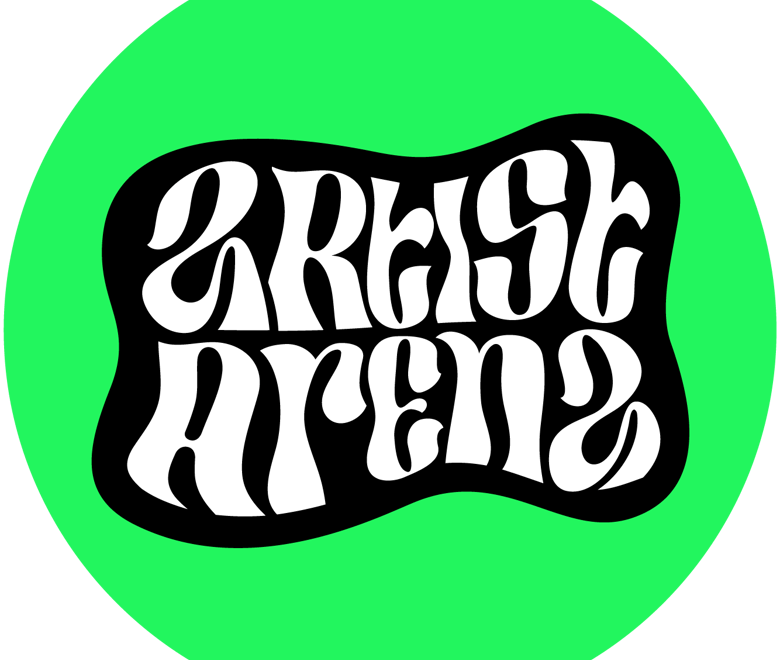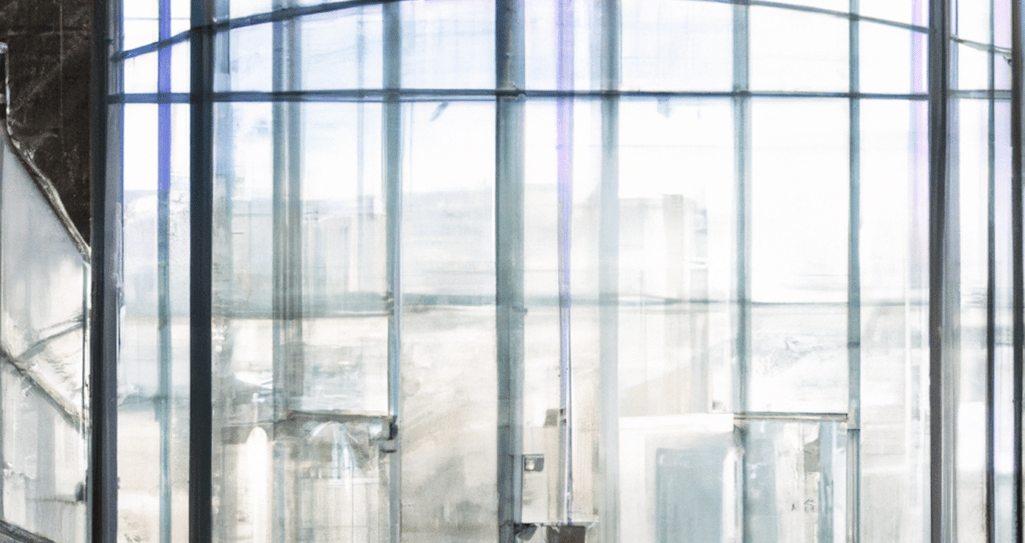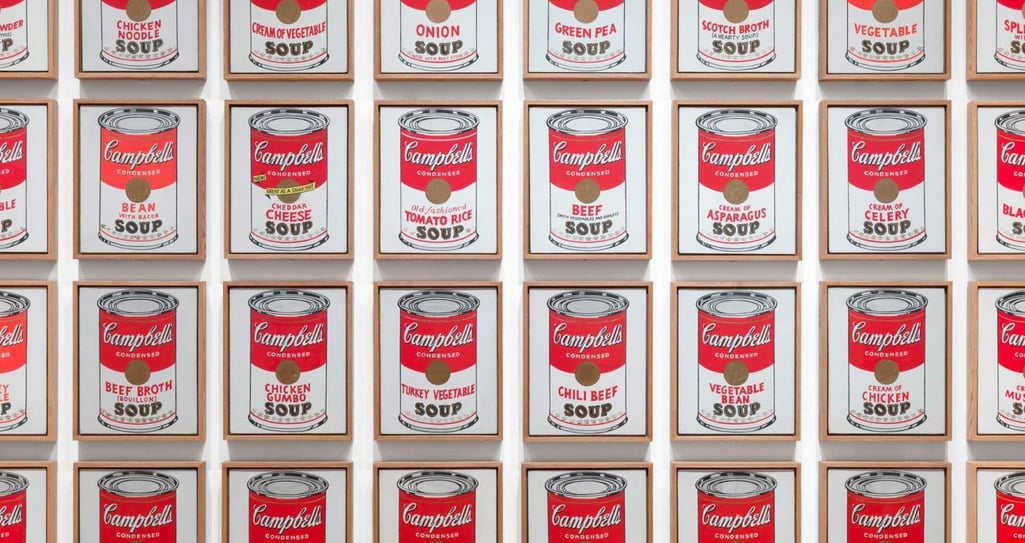The Evolution of Street Art – From Fringe to Mainstream

The Evolution of Street Art – From Fringe to Mainstream
From subway trains and alleyways to the walls of the most esteemed art galleries, street art has traversed a long, transformative journey. Once synonymous with vandalism and anarchy, street art is now recognized as a valid and valued form of art that has found its place within the mainstream culture. This evolution has not been overnight and is a testament to the resilience, creativity, and innovative spirit of street artists worldwide.
Early Days
Contemporary street art found its roots in the late 1960s and early 1970s, with the hip-hop culture in New York City. Initially, it was an act of rebellion, a voice for the unheard, a way for the marginalized to mark their existence. Graffiti tags were the earliest form of street art – a literal signature on the urban landscape, often filled with political and social commentary.
 Keith Haring at work in the Stedelijk Museum in Amsterdam, 1986
Keith Haring at work in the Stedelijk Museum in Amsterdam, 1986
From Rebellion to Recognition
The transition from a subversive act to a celebrated form of artistic expression started to occur in the 1980s when galleries and esteemed art dealers began to notice the unique creativity found in these public artworks. Artists like Keith Haring and Jean-Michel Basquiat started in the subways of New York, only to have their work later grace the walls of elite art institutions. Their success opened the door for the recognition of street art as a legitimate form of creative expression.
Street Art Today – A New Canvas
Modern street art is as diverse as the artists who create it. While it still serves as a form of social and political commentary, its canvas has expanded far beyond city walls and trains. It now includes public installations, sculptures, and murals. Street art festivals, like Upfest in Bristol or MURAL Festival in Montreal, gather artists from around the globe and celebrate this art form, further solidifying its place in mainstream art culture.
The Role of Technology and Social Media
The rise of the digital age and social media has played a significant role in the evolution of street art. Platforms like Instagram have become virtual galleries, showcasing artists’ work to a global audience. It’s not uncommon for street artists to gain recognition through these platforms before they ever set foot in a traditional gallery. This level of accessibility was unimaginable in the early days of street art, allowing this art form to reach unprecedented levels of popularity and acceptance.
 Mural by Seth Globepainter at MURAL Festival in Montréal, 2014
Mural by Seth Globepainter at MURAL Festival in Montréal, 2014
Street Art and the Cityscape
One of the most intriguing aspects of street art is its interaction with the urban environment. Many artists use the city’s architecture as an integral part of their work, transforming mundane buildings into living canvases. Cities are also recognizing the value of street art, commissioning murals that not only beautify the environment but also contribute to community identity and pride.
The Future of Street Art
As we look towards the future, the evolution of street art shows no signs of slowing down. The once-underground art form has matured into a vibrant and integral part of the cultural landscape, becoming more than just a visual spectacle—it’s a tool for social change, a voice for communities, and a platform for innovation. One thing is certain: street art, in all its vibrant, gritty, and evocative forms, is here to stay.
For street artists and those who appreciate their work, this evolution is more than an acknowledgment—it’s a celebration of the endless possibilities of creativity when art steps out of the gallery and into the world.
For more insights into the art world, stay tuned on Artist Arena. Interested in discover more about street art? Start browsing street artists here!

 Keith Haring at work in the Stedelijk Museum in Amsterdam, 1986
Keith Haring at work in the Stedelijk Museum in Amsterdam, 1986 Mural by Seth Globepainter at MURAL Festival in Montréal, 2014
Mural by Seth Globepainter at MURAL Festival in Montréal, 2014


